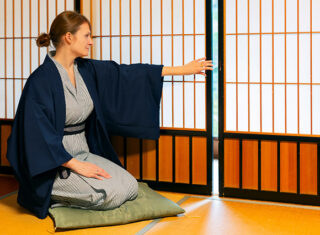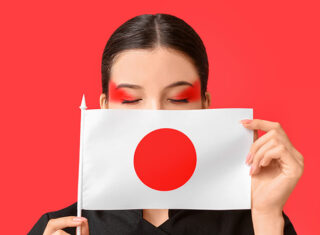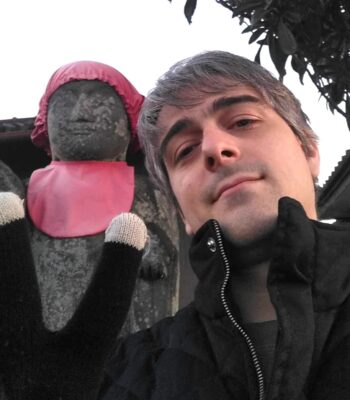- Learning Japanese
- Japanese Culture
From Zero to Fluent in Japanese: The True Story of How I Mastered Japanese and Changed My Life - Part 4: Walking the Fire – The Reality of Living in Japanese
2025.10.11
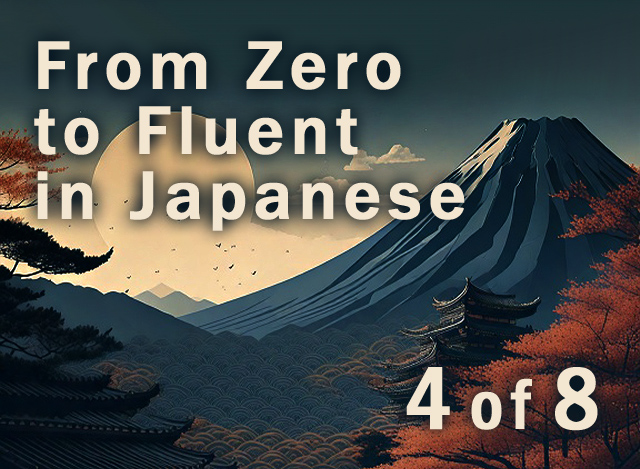
Chapter 16: Arriving in Japan – True Immersion Begins
When I first landed in Japan for my study abroad, it wasn’t some cinematic moment of clarity or triumph.
It was disorienting.
The smells, the sounds, the layout of the streets, the way people moved—it all felt so unfamiliar. I didn’t feel prepared. Even though I had studied Japanese for years by that point, nothing in my textbooks could have fully prepared me for living the language.
How do you buy vegetables at a Japanese supermarket?
How do you withdraw money from an ATM?
How do you order a coffee?
What’s the polite way to carry yourself on a train?
What’s considered rude—or strange when interacting with Japanese people?
How do you get a Gym membership? How do you pay for that membership?
I felt like I’d stepped into an alternate reality. One where I didn’t know the rules—and everyone else did. Even the simplest of tasks became an ordeal, and trying to navigate basic daily life itself was a constant struggle.
The first few months were a slow, subtle culture shock. Not in a dramatic, fall-apart kind of way—but in a quiet, unsettling sense of being immersed in the unknown and realizing just how much I didn’t know.
And not just about Japan. About myself.
Because here, I had no support system. No fallback.
Was this the right decision to come to Japan? Was I going to be ok in this totally alien environment? Had I made a mistake in coming here?
But little by little, the fog began to lift.
I started noticing the details. The gentleness and subtlety of how people interacted. The genuine kindness shown even in the little things. Their depth as a people and culture. Their thoughtfulness and dedication to doing everything to the best of their ability.
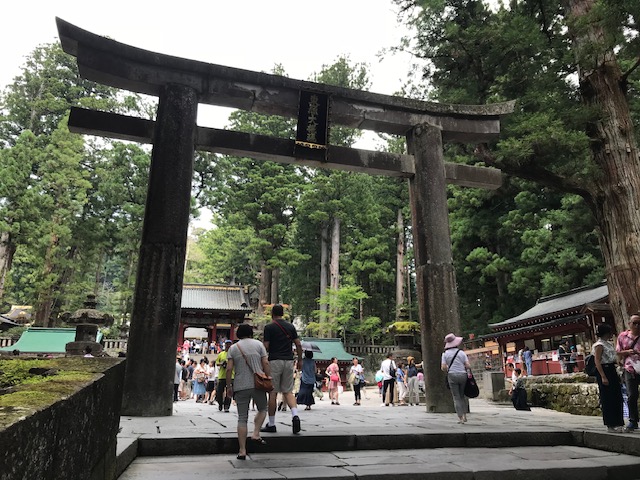
And most of all—I started noticing how people responded to me.
I’d walk into restaurants or coffee shops and people would light up.
“Where are you from? What brought you to Japan?”
“Why did you learn Japanese?”
“What do you like about Japan?”
“Your Japanese is so good—how did you get so good?”
“You look like a foreigner, but your personality is so Japanese!”
They were genuinely curious. Genuinely kind.
For the first time in my life, I felt something radical:
I was accepted.
As I was.
People weren’t trying to change me. They weren’t judging me.
They were… just happy I was there.
And sure, some were nervous at first. A big foreigner showing up out of nowhere.
But most of the time? Just being myself was enough to open hearts.
That was when something inside me started to shift.
I realized that Japan wasn’t just “different”—it was compatible.
Not in an idealized way. But in a real, grounded, soul-level kind of way.
And the deeper I leaned into the experience, the more I understood:
Immersion isn’t about throwing away what you’ve studied.
It’s about activating it.
Bringing it to life in real, tangible moments.
Textbooks gave me the foundation.
But living in Japan taught me how to breathe in the language.
How to move through the culture.
How to see Japan for what it really was—its beauty, its tension, its warmth, its complexity.
As the summer went on, I started to feel more and more at home in Japan.
I could finally understand most of what people were asking me at shops and restaurants. I learned how to order that coffee. How to buy vegetables. How to navigate the little details of daily life that had once felt overwhelming.
Bit by bit, I recovered from my traumatic omelet incident—and rebuilt the confidence I’d lost.
I’d sit in local parks reading articles in Japanese, reviewing each line under the afternoon sun. Around me, kids played, old couples walked their dogs, the trees shimmered in the breeze. I felt calm. Grounded. Fulfilled.
And in those quiet, in-between moments, something clicked.
Studying the language is how you understand it.
But living the language—that’s how you feel it.
Immersion didn’t erase who I was.
It revealed who I could become.
★Also try reading:
Why Are Japanese Summer Intensive Courses So Valuable for Students? Recommended Programs Also Introduced
Chapter 17: Rules and Reality – Japan, Unfiltered
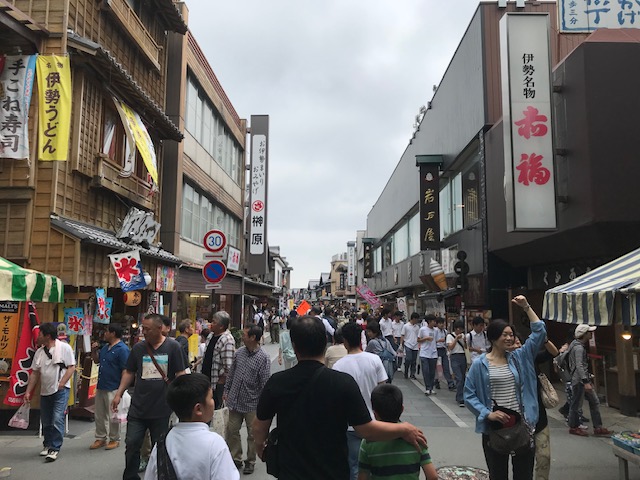
In preparation for my first official semester abroad, I started facing more of Japan`s difficult side.
Japanese people love their rules, and love being organized, which is one of the best parts of the country. However, it came with a catch: there are TONS of rules, and the rules are strict.
Especially when it came to trash.
In Japan, trash is practically a science.
Burnables, plastics, cans, glass, oversized garbage, food waste—it all has to be separated and disposed of according to very specific schedules.
Not just weekly, but on different days, at different frequencies, depending on the type of trash.
And to make things worse, the rules change per region—so what you did in one city might be totally wrong in another.
I didn’t get it at first.
And of course… I messed up.
I’ll never forget it.
One morning, I was getting ready to leave, and stepped outside—
—and saw the landlord.
An elderly Japanese woman.
Standing next to my trash bag.
Arms crossed.
Scowling.
Waiting.
She pointed at the bag like it had committed a crime.
“Is this yours?” she snapped.
“…Yes,” I said, flustered.
“This is wrong! You can’t throw it out like this! Come fix it!”
I stood there stunned. Then nodded and apologized, probably five times in ten seconds.
She made me open the bag, sort it, and redo the whole thing.
It was shocking to say the least.
Funny, in hindsight.
But at the time?
Terrifying.
The rules, the social pressure, the constant unspoken expectation to already know everything without being told—
It was exhausting at first.
And it wasn’t just housing.
I got rejected at the bank, too.
I walked in, started speaking Japanese, and misunderstood one word. Just one word.
Immediately, the teller panicked.
Arms in an X. “Sorry! We can’t accept foreigners right now!”
What does that even mean?
I wasn’t causing a scene. I wasn’t being rude.
But that one moment of imperfection was enough to send the whole interaction off the rails.
Another time, I went to an electronics store to buy a phone charger.
Again, I spoke in Japanese.
Again, I misunderstood one term.
And again—panic.
“Is there anyone who speaks English?! Hurry, please get someone who speaks English!”
They pulled over some poor guy whose English was far worse than my Japanese.
And then, in broken English, he tried to help me.
It took longer than if they’d just told me what the original word meant.
But that wasn’t the point.
The moment they sensed uncertainty, I became a liability.
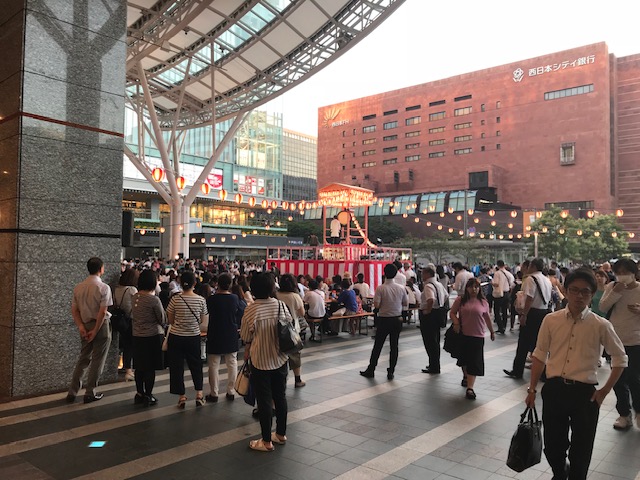
It was frustrating.
It was humiliating.
It made me feel small, unwelcome, and angry.
But looking back on it?
I cherish those experiences.
Because those moments?
They were Japan.
The real Japan.
Not the one on Instagram.
Not the one in anime.
Not the sanitized version in travel brochures.
The Japan that struggles with difference.
The Japan that holds high expectations.
The Japan that protects its systems with such rigor that there’s little room for flexibility.
But you know what?
Seeing the flaws is exactly what makes your love true. What gives you true understanding. True connection.
Without seeing the bigger picture, one can never have a deep, lasting connection. The upsides and downsides of a culture are the two sides of the same coin, and by understanding both, you can truly know how to maintain a positive and meaningful connection with that culture.
It’s not a fairy tale. It’s not perfect.
But when you accept the good and the bad, the beautiful and the broken—
That’s when you really start to connect.
That’s when Japan stopped being an idea in my head—
And started becoming a relationship.
Complicated. Messy. Honest.
Real.
And I wouldn’t trade that for anything.
★Also try reading:
What Manners Should You Follow in Japan? A Guide to 8 Key Situations


